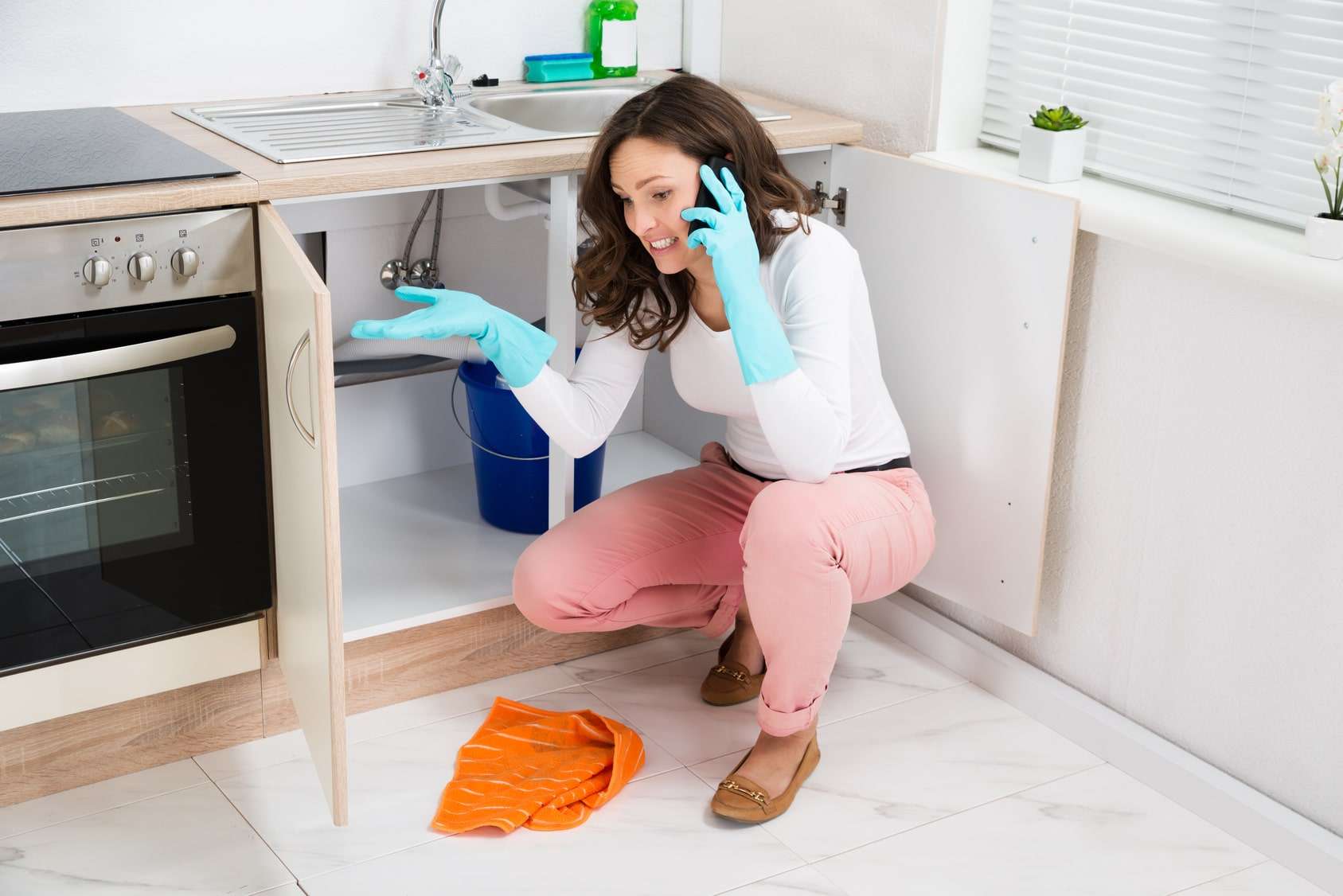Pinpoint Six of Commonest Leak Factors Inside Your House
Pinpoint Six of Commonest Leak Factors Inside Your House
Blog Article
They are making a few great annotation regarding How to Find Water Leaks in general in this content below.

Leaks not just create waste of water but can also trigger unnecessary damages to your residence and promote unwanted organic development. Unfortunately, water leaks might go unnoticed since the majority of the pipework in our home is hidden. By understanding and also looking for day-to-day situations that cause leaks, you can secure your home from future leakages and unneeded damages. Today, we will consider 6 leak creates that may be triggering your pipes to drip.
Trespassing roots
Many water leaks begin outside the house as opposed to inside it. If you discover an unexpected decline in water stress, say in your faucet, take time to go out and also examine your backyard. You could observe wet patches or sinkholes in your backyard, which may imply that tree origins are attacking water lines causing water to seep out. You can have your plumber check for invasion, particularly if you have trees or hedges near your residential or commercial property.
Rusty water systems
This could be the cause of discoloration or bending on your water pipes. If our plumbing system is old, consider replacing the pipes because they are at a higher risk of corrosion than the newer models.
Faulty Pipeline Joints
Pipeline joints can deteriorate over time, resulting in water leaks. If you have noisy pipes that make ticking or banging noises, especially when the hot water is transformed on, your pipeline joints are probably under a great deal of pressure.
Instantaneous temperature level adjustments.
Extreme temperature level adjustments in our pipes can create them to broaden and also acquire all of a sudden. This development and tightening might create fractures in the pipelines, specifically if the temperature level are below cold.
Poor Water Connectors
At times, a leakage can be created by loose tubes and pipelines that provide your home appliances. In case of a water links leak, you may observe water running straight from the supply line or pools around your appliances.
Obstructed Drains
Obstructed drains could be bothersome and also inconveniencing, yet they can often end up triggering an overflow bring about rupture pipelines. Keep eliminating any type of products that might decrease your drains that could obstruct them to stay clear of such troubles.
All the above are sources of leaks but not all water leaks arise from plumbing leakages; some leakages could come from roof covering leaks. All leakages should be repaired immediately to prevent water damages.
Leaks not only cause waste of water however can likewise cause unnecessary damage to your house as well as promote undesirable organic development. By looking and also understanding for day-to-day situations that create leakages, you can protect your house from future leaks and also unneeded damage. Today, we will certainly look at six leak causes that might be triggering your pipelines to trickle.
At times, a leakage can be created by loosened pipes and also pipelines that provide your devices. In instance of a water links leakage, you might discover water running directly from the supply line or pools around your home appliances.
How To Check For Water Leak In Your Home
How To Check for Leaks
The average household's leaks can account for nearly 10,000 gallons of water wasted every year and ten percent of homes have leaks that waste 90 gallons or more per day. Common types of leaks found in the home are worn toilet flappers, dripping faucets, and other leaking valves. These types of leaks are often easy to fix, requiring only a few tools and hardware that can pay for themselves in water savings. Fixing easily corrected household water leaks can save homeowners about 10 percent on their water bills.
To check for leaks in your home, you first need to determine whether you're wasting water and then identify the source of the leak. Here are some tips for finding leaks:
Take a look at your water usage during a colder month, such as January or February. If a family of four exceeds 12,000 gallons per month, there are serious leaks.
Check your water meter before and after a two-hour period when no water is being used. If the meter changes at all, you probably have a leak.
Identify toilet leaks by placing a drop of food coloring in the toilet tank. If any color shows up in the bowl after 10 minutes, you have a leak. (Be sure to flush immediately after the experiment to avoid staining the tank.)
Examine faucet gaskets and pipe fittings for any water on the outside of the pipe to check for surface leaks.
Undetected water leaks can happen without the home or business owner even realizing. If you suspect a water leak, but not able to find the source. It is time to contact a professional water leak detection service, The Leak Doctor.
How To Find a Water Leak In Your Home
https://www.leakdoctor.com/blog/How-To-Check-For-Water-Leak-In-Your-Home_AE197.html

As an avid reader on How to Find Water Leaks, I thought sharing that excerpt was worth the trouble. Are you aware of another individual who is interested in Common Water Leaks In House? Why not promote it. Thanks a lot for your time. Visit us again soon.
This Site Report this page